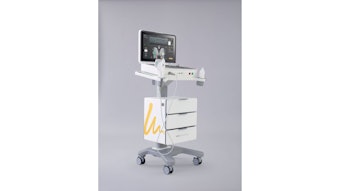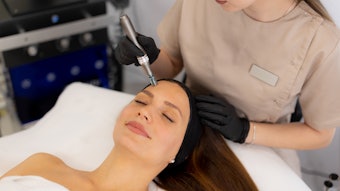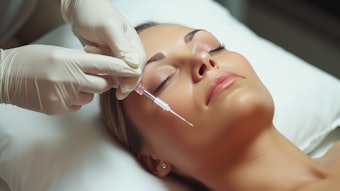Medical beauty treatment sales will be on the mend again in the next years after a decline of about 15% in 2009 in Europe, with more women looking for natural-looking touch-ups and pampering in increasingly popular medical spas.
IMCAS, the International Master Course on Aging Skin, expects beauty therapies including laser treatments, breast enlargements and wrinkle-filling injections to grow 5–10% a year worldwide until 2013.
The financial crisis meant the keenest users by far of medical aesthetic treatments, women, pruned spending on their quest for youthful appearances or beauty in whatever shape or form. Revenues in the medical aesthetic treatment industry as a whole fell 15% to $4.30 billion due to fewer surgical acts and a 40% decrease in energy-based therapy equipments like ultrasound massages or laser skin treatments.
However, wrinkle fillers and active cosmetics—creams that contain vitamins or promise to lift the skin—resisted the crisis best, down 0–5% in 2009.
The segment should grow an annual 10% in the next years with 15% growth seen for botulinum toxin shots that smooth out wrinkles on the forehead or between the eyes. Botulinum toxin, mainly known via Allergan's Botox brand, which is recently facing competition from Ipsen's Azzalure, is the most popular beauty therapy, followed by hyaluronic acid jabs to fill the folds of the skin around the mouth and cheeks.
"Medicalized beauty treatments can no longer be seen as a pure luxury," Laurent Brones, business development manager at Symatese Biomaterials, a French maker of collagen, told Reuters. "Patients have more options, that's why injections like dermal fillers or botulinum toxin were and are not much affected by the crisis whereas surgery follows the same pattern as durable goods—it's like buying a car, it requires thorough research, time and more money."
Women around the globe are increasingly striving to emphasize their natural beauty and so-called medical spas, not to be confused with beauty resorts, offer a package of therapies performed by doctors and nurses. "Among patients it's increasingly fashionable to want to keep one's facial expressions intact rather than opt for a more drastic change in looks through surgery," plastic surgeon and IMCAS director Benjamin Ascher told Reuters.
Medical spas still have ample room for development in Europe. "Europe lags behind compared to the United States," Ascher said. "The potential is huge."
Demand for so-called light treatments that do not require a recovery at the hospital or at home and have a relatively long-term effect is on the rise at the detriment of costly and time-consuming surgery. That development also means that plastic surgeons are increasingly keeping their scalpels in their boxes. Their expertise is shifting from pure surgery to medical applications. "It's a natural evolution in surgery. If there's a choice between surgery and a medical treatment with both producing the same result, the choice is for the treatment," Ascher told Reuters.
Revenues from breast surgery should recover again, growing between 5–10% annually in the coming years to 2013 from a decline of 15% last year. The worldwide breast implant market is estimated to be worth 500 million euros.
Women represented 91% of demand for beauty therapies in 2008, figures from the American Society of Aesthetic Plastic Surgeons published by IMCAS show. The IMCAS meets every year in Paris, gathering aesthetic surgeons and dermatologists.
Reuters, January 7, 2010










